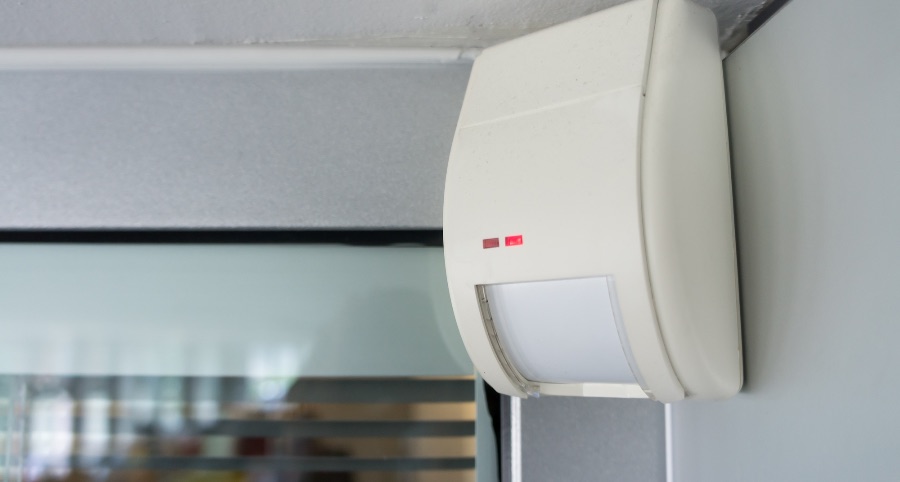How Do Motion Detectors Work In San Antonio?

You’ve probably got a reasonable grasp of what motion detectors do solely based on their title. Sure, they identify activity, but how precisely do they work? Take a minute to discover the technology that drives them and the various sorts of sensors you might encounter. You’ll get a clearer comprehension of how they work and how you may blend them into your contemporary smart home.
What is the technology that powers motion detectors?
Identifying activity can be performed in several specific ways, but motion detectors are typically classified into either of these two categories - active or passive.
● Active motion detectors: These sensors are considered active, as they regularly transmit transmissions like microwaves and then measure the time of response. Motion is signified when the time of response changes. While microwave sensors are most prevalent, you’ll also find active motion detectors that utilize infrared light or sound waves.
● Passive infrared (PIR) motion detectors: Regularly seen within home security applications, PIR motion detectors perform by recognizing shifts in the surrounding temperature. Essentially, the instrument notes what the regular temperature should be within a given area. If there are sudden spikes of heat, like an invader skulking across the space, the sensor observes it and initiates your security alarm. Since they don’t constantly transmit signals, passive detectors usually utilize less power and are more cost-effective to run.
Along with passive and active, you could find hybrid devices that utilize multiple technologies. These can help minimize false alarms, as every sensor must be activated before the alarm goes off. Additional options include vibration motion detectors and tomographic devices that are commonly utilized in bigger commercial facilities.
Ways to implement San Antonio motion detectors
The main purpose of motion detectors is to detect activity within a specified area, typically as far as 50 feet away. You’ll frequently find them incorporated into exterior floodlights or as independent devices within your property. When activity is detected, they’ll set off your alarm and notify your 24/7 monitoring team.
But present-day motion detectors are more adaptable than ever before. As a matter of fact, they can interact directly with other smart equipment. For example, if movement is discovered, they can trigger your lighting to turn on or your video camera to commence recording. They may even signal your smart thermostat to alter the temperature.
Get immediate updates and customize settings for animals
Another significant perk of modern motion detectors is that you’ll have automatic alerts dispatched to your smartphone every time the device is tripped. If you own house pets, you can even prevent false alarms by customizing settings to take into account the size of your furry family members.
Design Your Vivint Smart Home With Motion Detectors in San Antonio
Now that you have a deeper understanding of how motion detectors work in San Antonio, it’s time to include them into your contemporary smart home. Vivint’s motion detectors oversee wide areas, provide wide-angle capability, and last for many years without needing a new battery. They’ll also work in harmony with your other home automation tools. Are you excited to start? Contact (210) 934-3694 to converse with a knowledgeable Vivint specialist today.